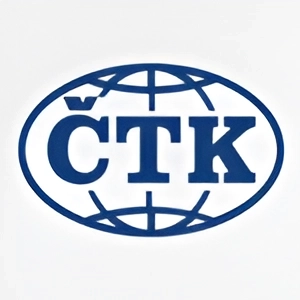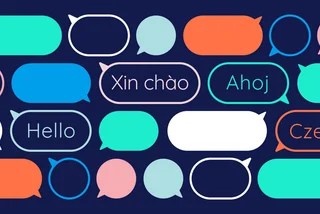In the last two years, there has been a significant increase in the enrollment of foreign students in Czech educational institutions, with figures doubling. This surge is largely attributed to the ongoing conflict in Ukraine, which has led to a notable influx of refugees seeking safety in the Czech Republic.
In response, the Ministry of Education is set to implement new measures from September onwards to increase the number of Czech hours for pupils with a different mother tongue. These changes are designed to bolster the Czech language instruction for pupils whose first language is not Czech.
The ministry says it’s also necessary to better adapt and expand teaching, especially in Czech, to the larger number of children who do not speak it. In addition, a year ago, Czech language lessons were unavailable for some foreign children.
Numbers of language instruction hours to increase
According to a survey by PAQ Research, as reported by Czech nedua outlet iDnes, 59 percent of Ukrainian children could easily communicate in Czech in everyday situations. Nevertheless, the organization recommended teaching more Czech.
The Department of Education is preparing changes from September on how to improve access to teaching children with a different mother tongue.
For example, the plan is to extend the period of time during which a foreign student can attend language training from 12 to 24 months. It is not strictly mandatory. In some places, foreigners take Czech after regular classes, and in others, instead of education.
At the same time, the number of teaching hours is to increase, to up to 400 hours in two years. Czech should also be introduced in preparatory classes for preschoolers in primary schools.
PARTNER ARTICLE
“Multilingual children with no knowledge of Czech need many years of support in the development of the teaching language to reach a level comparable to native speakers,” points out Klára Ptáčková, head of the services department for elementary schools from the Meta organization, which supports children with a different mother tongue.
Another adjustment should be a more targeted focus on teaching according to the children’s age and abilities.
“For example, it was difficult to teach Czech as a second language in one group to non-readers or beginning readers and at the same time to children in the second grade of elementary school,” Ptáčková told iDnes, adding another change in the proposal.
Smaller class sizes, online learning
The number of children should also decrease during online language teaching. “The amendment adjusts the size of these groups to two to five pupils to ensure greater efficiency,” said ministry spokeswoman Tereza Fojtová.
However, the Association of Primary Schools president, Luboš Zajíc, points out that distance learning is not entirely ideal. “It is generally easier to work with elementary school students in the classroom, where you can also use, for example, some group work, but it is a possibility,” said Zajíc.
According to Zajíc, the teaching of the Czech language has recently been mainly focused on students from Ukraine. “But the problem is much broader because there are not only Ukrainian pupils but also a large group of pupils, for example, from Mongolia or other Asian countries, whose parents work here. So gradually, I think that the teaching of the Czech language as a foreign language will have to expand,” he said.
More than 100,000 children with foreign nationality attend kindergarten, primary, and secondary schools. Most of them, over 70,000, are in primary schools. This is twice as many as in the 2021/22 school year.













 Reading time: 3 minutes
Reading time: 3 minutes 
































